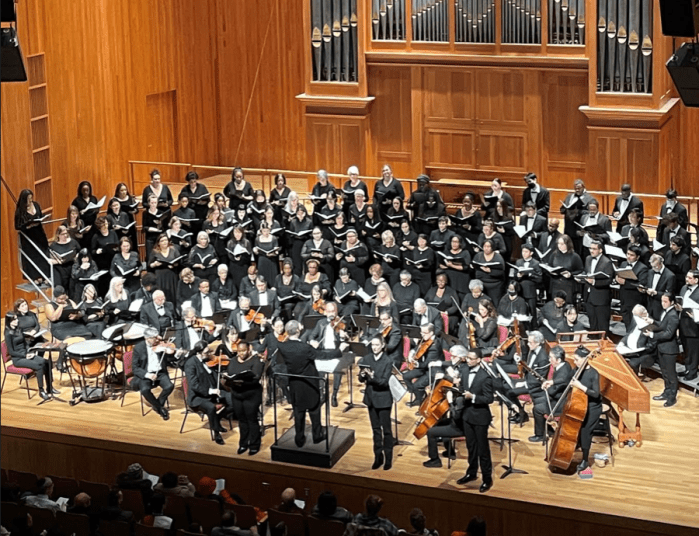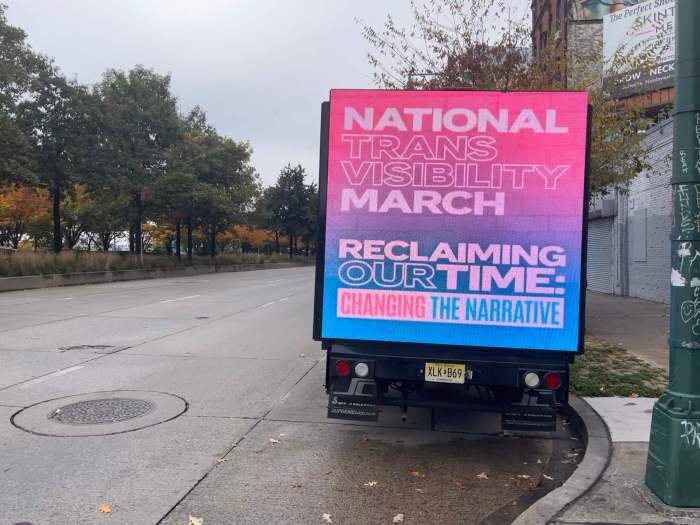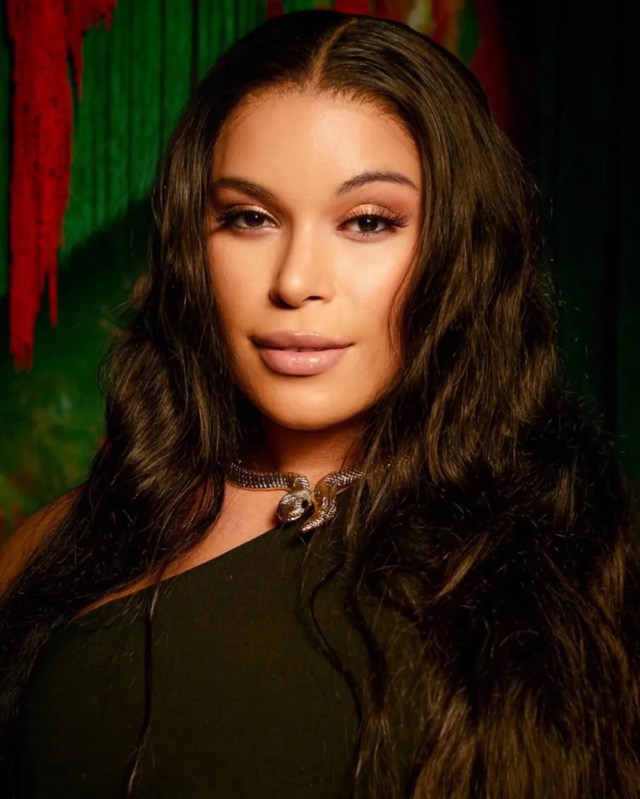Pol Wants Resources To Boost Education
City Council Member Julissa Fereras held an oversight hearing last Monday, Feb. 25, on the efforts the city is making to recruit and retain women in the STEM (science, technology, engineering and mathematics) fields.

The meeting, which was held jointly with Higher Education Committee Chairman Ydanis Rodriguez, Technology Committee Chairman Fernando Cabrera and Civil Rights Committee Chairwoman Deborah Rose, provided a wealth of information on best practices that could potentially be duplicated citywide.
“We need to encourage women and girls, particularly women of color, to develop an interest in STEM fields at a younger age and give them more opportunities to do so,” Ferreras said. “Once we educate this generation of young women and widen their horizons, they will be the role models and mentors of the next generation of young women.”
As the panel welcomed a number of testimonies from educators representing local organizations and schools that specialize in STEM, such as CUNY, Hunter College and the American Association of University Women, Ferreras said, a need for providing adequate resources to young girls in K-12 schools and engaging counselors in order to help give students more options became clear.
“I excelled in math from an early age, but was never encouraged to pursue quantitative or math-related fields until my senior year in high school. This is particularly troubling considering that I skipped a grade and completed all calculus courses in my high school by the time I was 14,” Dr. Maribel Vazquez, Associate Professor of Biomedical Engineering at The City College of New York, said in her testimony. “Of more concern is that I believe this omission was systematic, as intelligent women of my generation were often pushed towards fields of medicine and health care by our teachers, rather than into fields of engineering and physics. Such career counseling is something that can be remedied by increased teacher engagement with STEM professionals.”
Despite being the majority of those earning college degrees and being half of the labor force, women are only earning 77 cents to a man’s dollar. The differences are even more staggering for women of color- African-American women make 64 cents and Latina women make 56 cents on the dollar.
“There are a number of reasons for this difference, including the tendency for schools and society steer girls and women towards fields that pay less, while steering boys and men to higher paying fields, such as STEM,” Ferreras added. “While we have some disheartening news about the current state of girls and women participating in STEM education and entering its workforce, we have an incredible opportunity to turn that around.”
Presently, women only represent 24 percent of STEM workers. Even more disheartening is how profoundly underrepresented women of color are in STEM fields-Latina and African-American women account for just one percent of all workers in STEM occupations.
Among the many improvements on STEM initiatives that were discussed at the hearing was a recommendation for public and private partnerships with STEM industries and recognition for the strides that CUNY schools have made with their “Decade of Science” initiative, which is aimed at strengthening the STEM pipeline and their promotion of distinguished women scientists at all CUNY schools.

































